Naranjilla Seed Propagation – Learn How To Grow Naranjilla From Seed
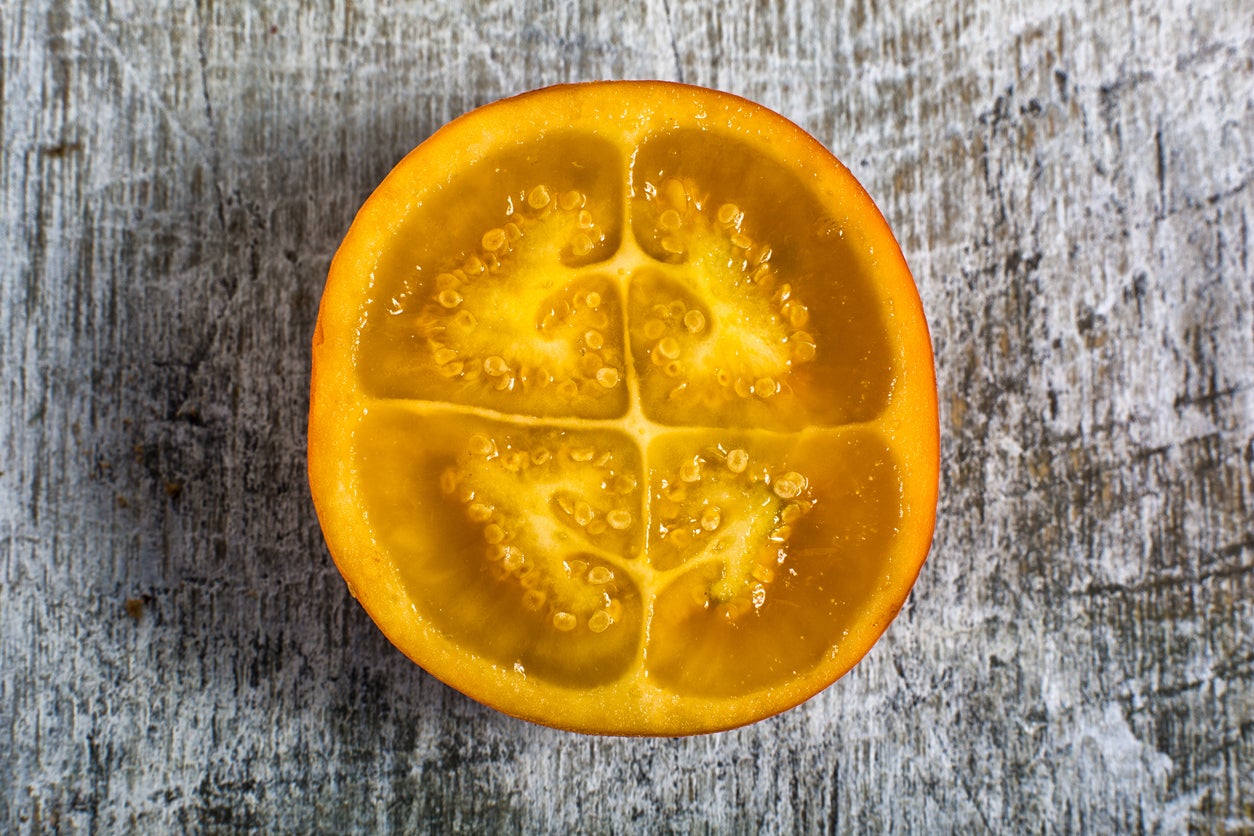

Naranjilla (Solanum quitoense) is considered a rare fruit tree in this country, and it’s true that none of your neighbors are likely to be planting naranjilla seeds. However, the plant, with its round, juicy fruit resembling oranges, is a common sight south of the border.
It’s a lot of fun to bring naranjilla into your garden, and inexpensive too, since you can easily grow naranjilla from seed. Read on for information about naranjilla seed germination as well as tips for propagating naranjilla seeds.
Growing Naranjilla from Seed
Naranjilla is a uniquely ornamental plant with an edible fruit that looks cool and tastes delicious. It’s a perennial shrub that doesn’t normally get above 8 feet (2 m.) high, so it works just fine in a container. The thick stalks of the bush get woody as they age, and some varieties grow spines. Most cultivated plants do not.
Narajillo is a spreading shrub that fills out with ornamental foliage. Its rich leaves grow up to 2 feet (61 cm.) long and nearly that wide. They are soft and woolly, covered with tiny purple hairs. Some types have spines on the leaves as well.
The flowers are small with five petals, white on top and fuzzy purple below. These give way to round, orange fruit that look like hairy oranges. The fuzz brushes off easily and you can drink the delicious juice.
The juice tastes like a unique mix of pineapple, lime, melon, and some say rhubarb. In South America, it is sold as Lulo juice, sweet and refreshing. You can cut the fruit in two and squeeze the juice into your mouth, but save those seeds for propagating.
Naranjilla Seed Propagation
If you are interested in naranjilla seed propagation, you’ll need to clean and treat the seeds. Spread them in a shady spot until the fleshy parts attached to the seeds ferment. At that point, wash the seeds and air dry them.
Gardening tips, videos, info and more delivered right to your inbox!
Sign up for the Gardening Know How newsletter today and receive a free copy of our e-book "How to Grow Delicious Tomatoes".
Many recommend that when you are propagating naranjilla seeds, you dust them with fungicide after they are thoroughly dry. Then you are ready for the next step, naranjilla seed germination.
Plant your cleaned, treated seeds in well-drained, sandy soil. Containers work well, and you can bring them indoors if the weather dips. You can also consider planting naranjilla outdoors if you live in a warm region. Cover the top of the soil with a thin layer of grit and kept the soil moist.
How soon can you expect naranjilla seed germination? It all depends. Sometimes growing naranjilla from seeds requires patience. Those propagating naranjilla seed may have to wait four to six weeks for the seeds to sprout, and sometimes much longer.
If you are planting naranjilla seeds in containers, sow more than one per pot to ensure that at least one of them sprouts. If you get several sprouts per pot, thin to leave only the strongest seedlings.
More patience is required for the fruit. Propagating naranjilla seeds is just the first step. You may not get fruit until a year after seeding. Here’s the good news: the fruiting continues for three years, with over 100 fruit per year.

Teo Spengler is a master gardener and a docent at the San Francisco Botanical Garden, where she hosts public tours. She has studied horticulture and written about nature, trees, plants, and gardening for more than two decades. Her extended family includes some 30 houseplants and hundreds of outdoor plants, including 250 trees, which are her main passion. Spengler currently splits her life between San Francisco and the French Basque Country, though she was raised in Alaska, giving her experience of gardening in a range of climates.
-
 Get Ready For A Summer Of Hummers! Grow These Full Sun Hummingbird Plants and Flowers
Get Ready For A Summer Of Hummers! Grow These Full Sun Hummingbird Plants and FlowersIf you’re lucky enough to enjoy a sunny backyard, make sure you are maxing out on your pollinator opportunities and grow these full sun hummingbird plants and flowers
By Tonya Barnett
-
 12 Lush Alternatives To A Lawn For Sustainable Spaces
12 Lush Alternatives To A Lawn For Sustainable SpacesAlternatives to a lawn are beautiful and also beneficial to your local ecosystem and its pollinators. Explore our top picks for plants to replace grass.
By Tonya Barnett
-
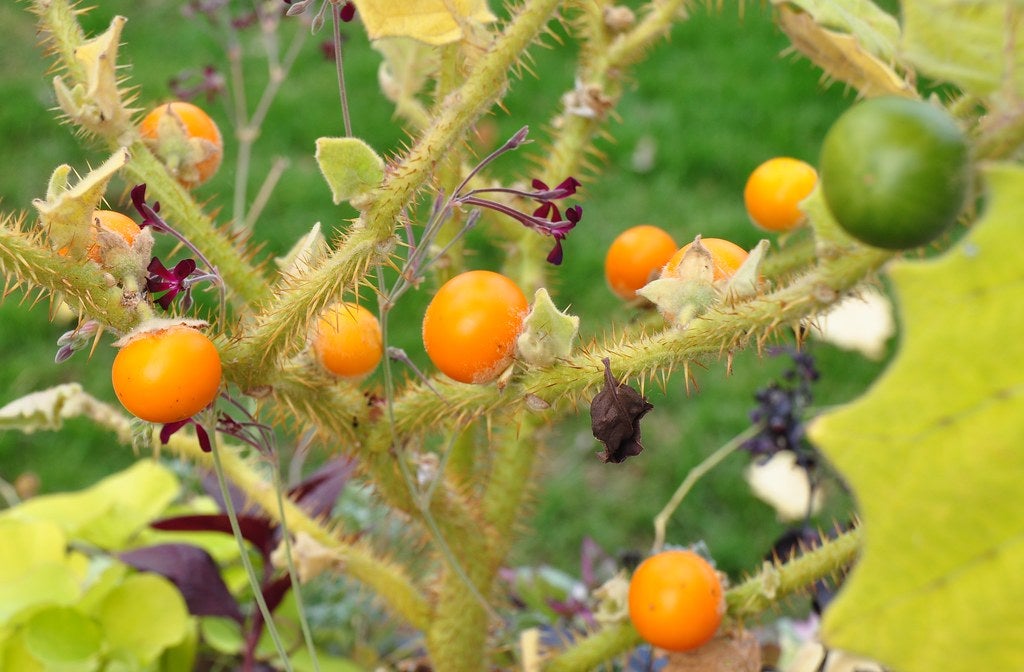 Naranjilla Pest Problems: What Are Common Naranjilla Pests
Naranjilla Pest Problems: What Are Common Naranjilla PestsThe naranjilla plant is a tough little tree, but it occasionally gets attacked by naranjilla pests, notably the root knot nematode. For information about naranjilla pest problems, including a list of bugs that eat naranjilla, this article can help.
By Teo Spengler
-
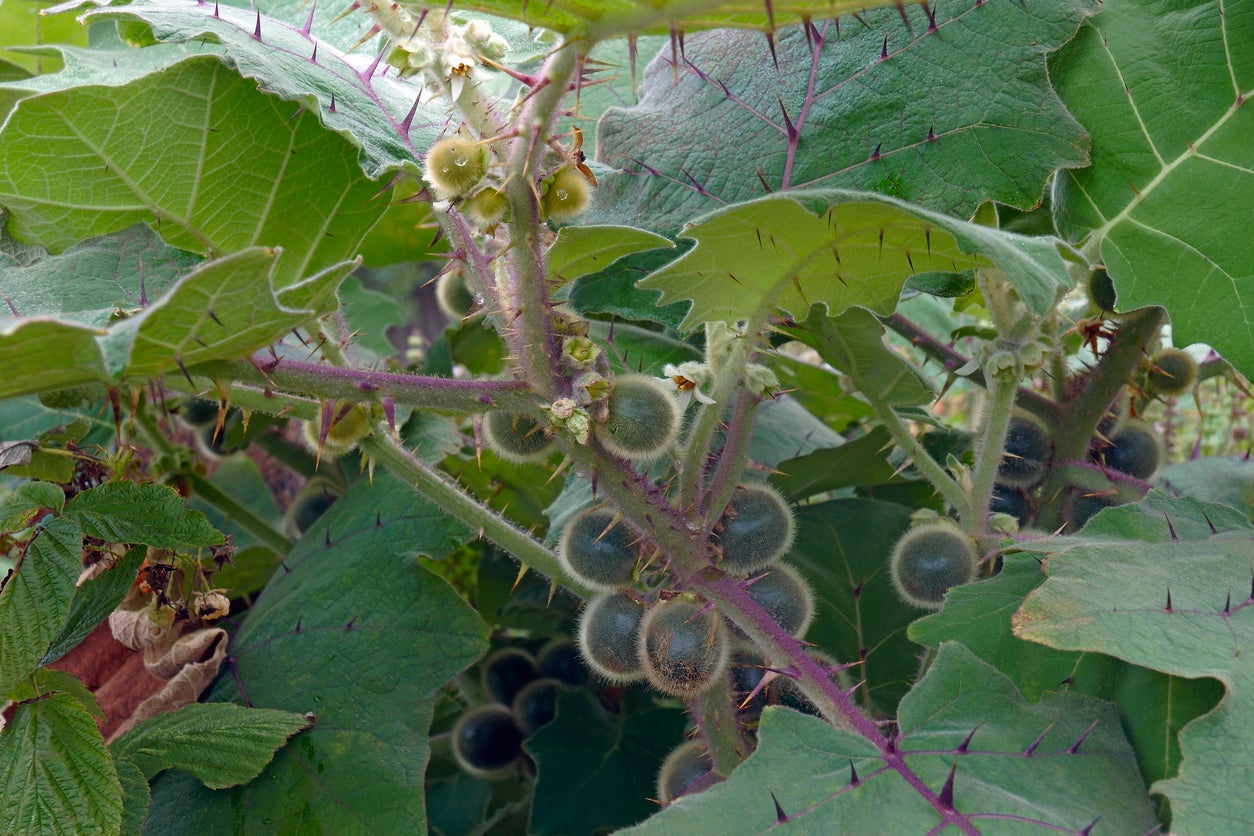 Naranjilla Propagation: Tips For Growing New Naranjilla Trees
Naranjilla Propagation: Tips For Growing New Naranjilla TreesA common name of “little orange” might lead one to think naranjilla is a citrus, but it is not. However, the taste is similar to a tart pineapple or lemon. If you want to grow this unusual specimen or have one and wish for more, learn how to propagate naranjilla here.
By Becca Badgett
-
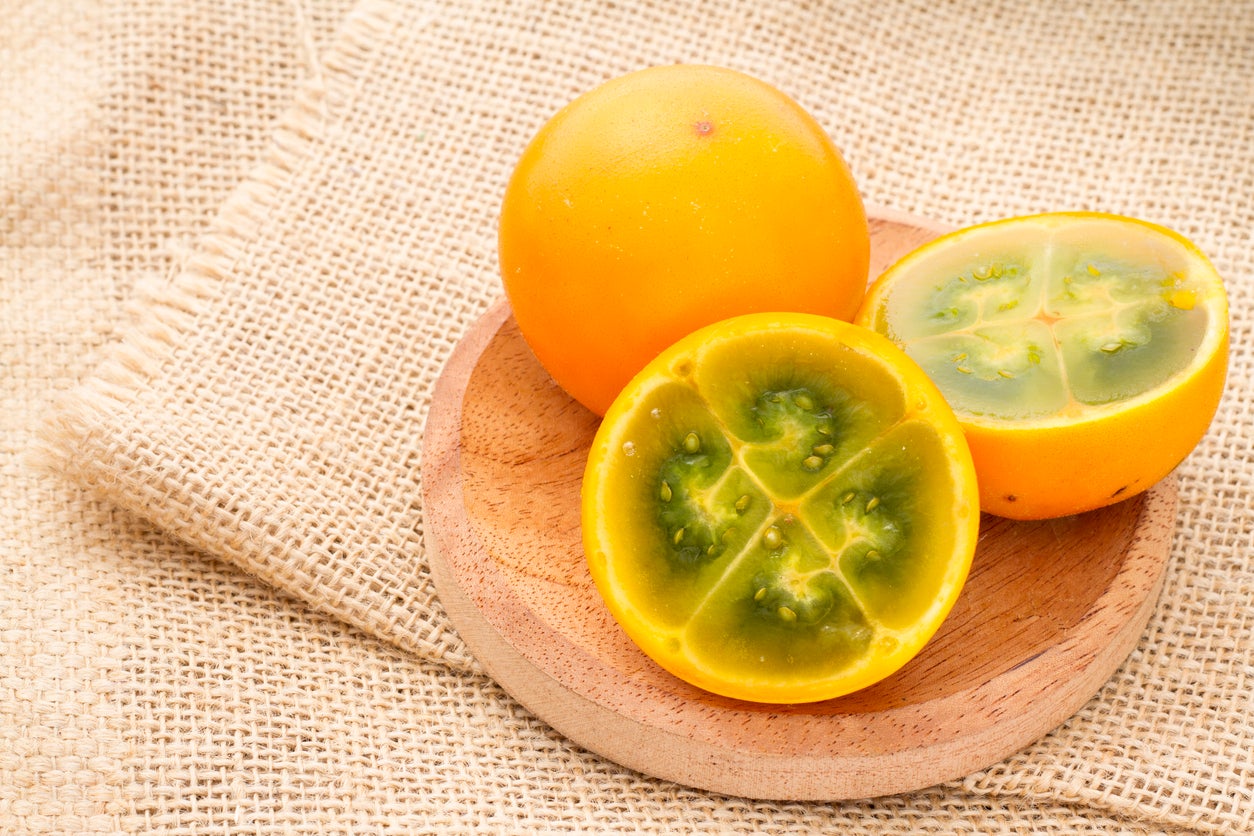 Picking Naranjilla Fruits: Tips For Harvesting Naranjilla
Picking Naranjilla Fruits: Tips For Harvesting NaranjillaNaranjilla fruit tends to be flavorless and unpleasant when unripe. However, it can be tangy and delicious if naranjilla harvest occurs at the optimum point of ripeness. So, how to you know when to harvest naranjilla? Learn more about harvesting this interesting fruit here.
By Mary H. Dyer
-
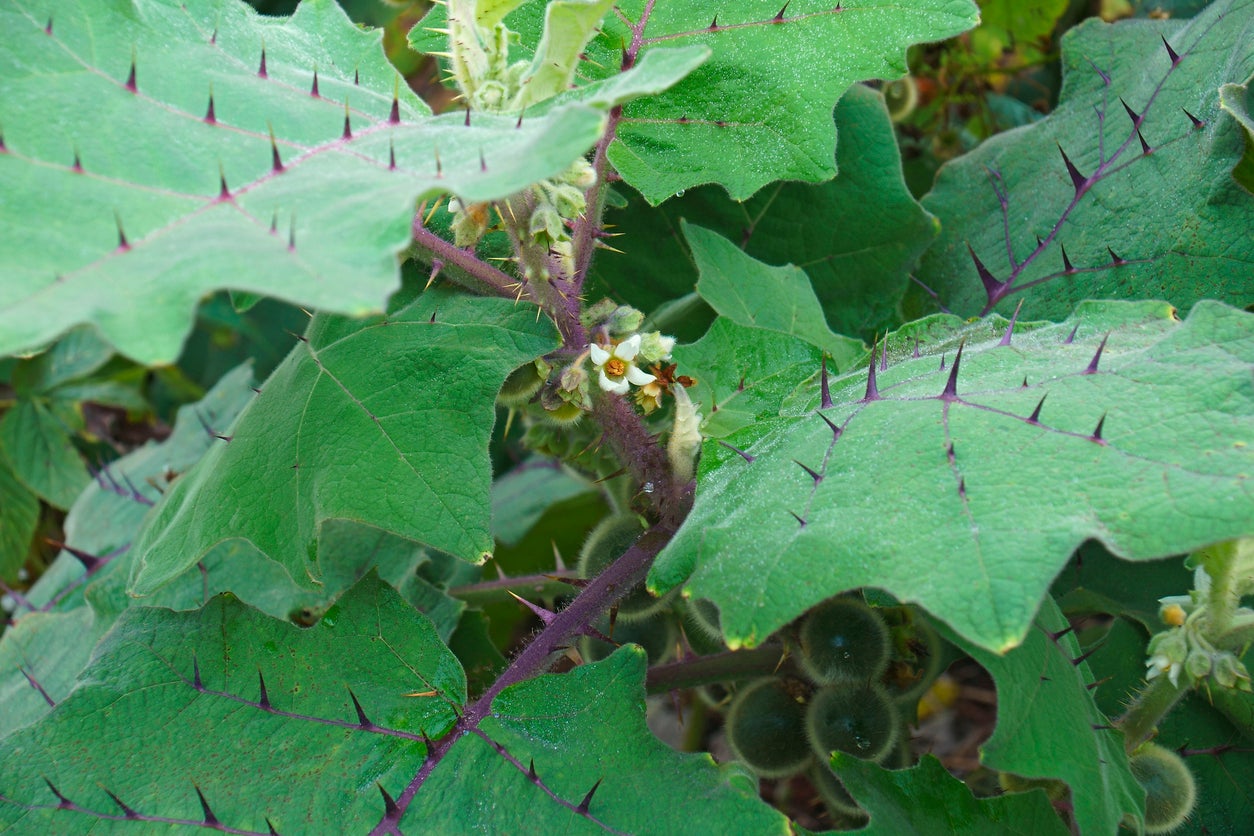 Naranjilla Layering Info: Learn How To Layer Naranjilla Trees
Naranjilla Layering Info: Learn How To Layer Naranjilla TreesInterested in learning how to layer naranjilla? Air layering, which involves rooting a naranjilla branch while it’s still attached to the parent plant, is surprisingly easy. Click on the following article to learn about naranjilla air layering propagation.
By Mary H. Dyer
-
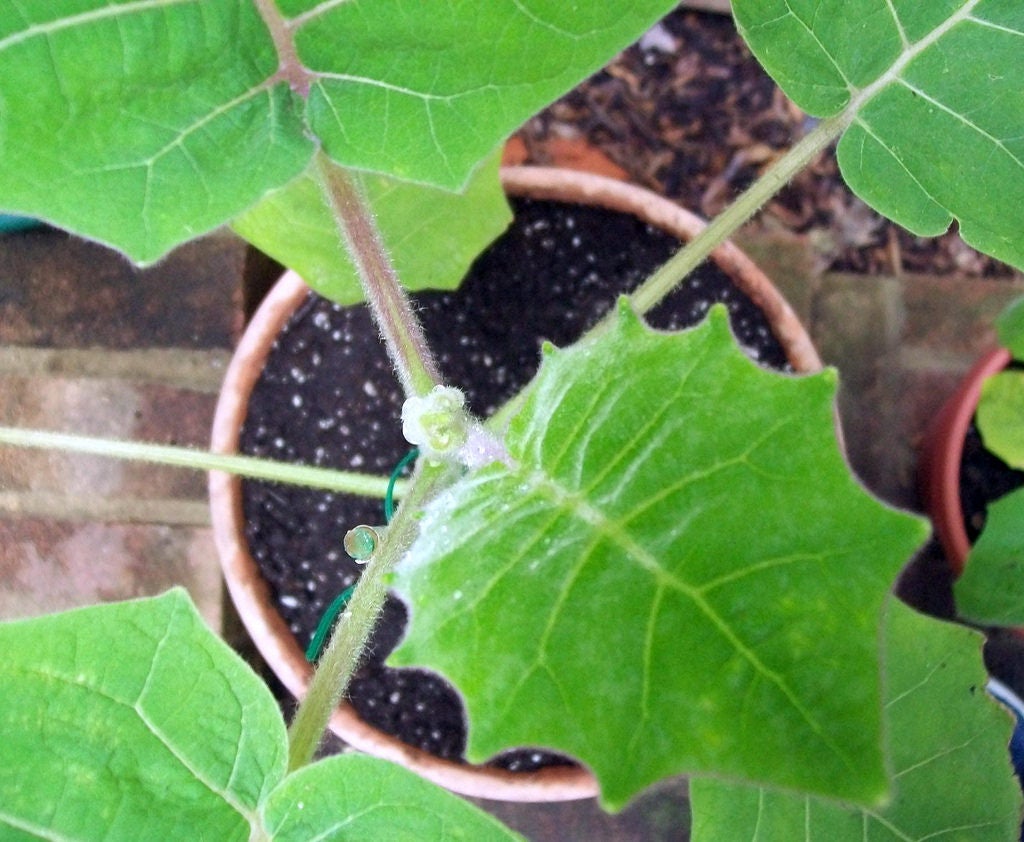 Growing Naranjilla From Cuttings – How To Root Naranjilla Cuttings
Growing Naranjilla From Cuttings – How To Root Naranjilla CuttingsCan you grow naranjilla from cuttings? Yes, you sure can, and it’s not all that difficult. Click on the following article to learn about naranjilla cutting propagation and growing naranjilla from cuttings.
By Mary H. Dyer
-
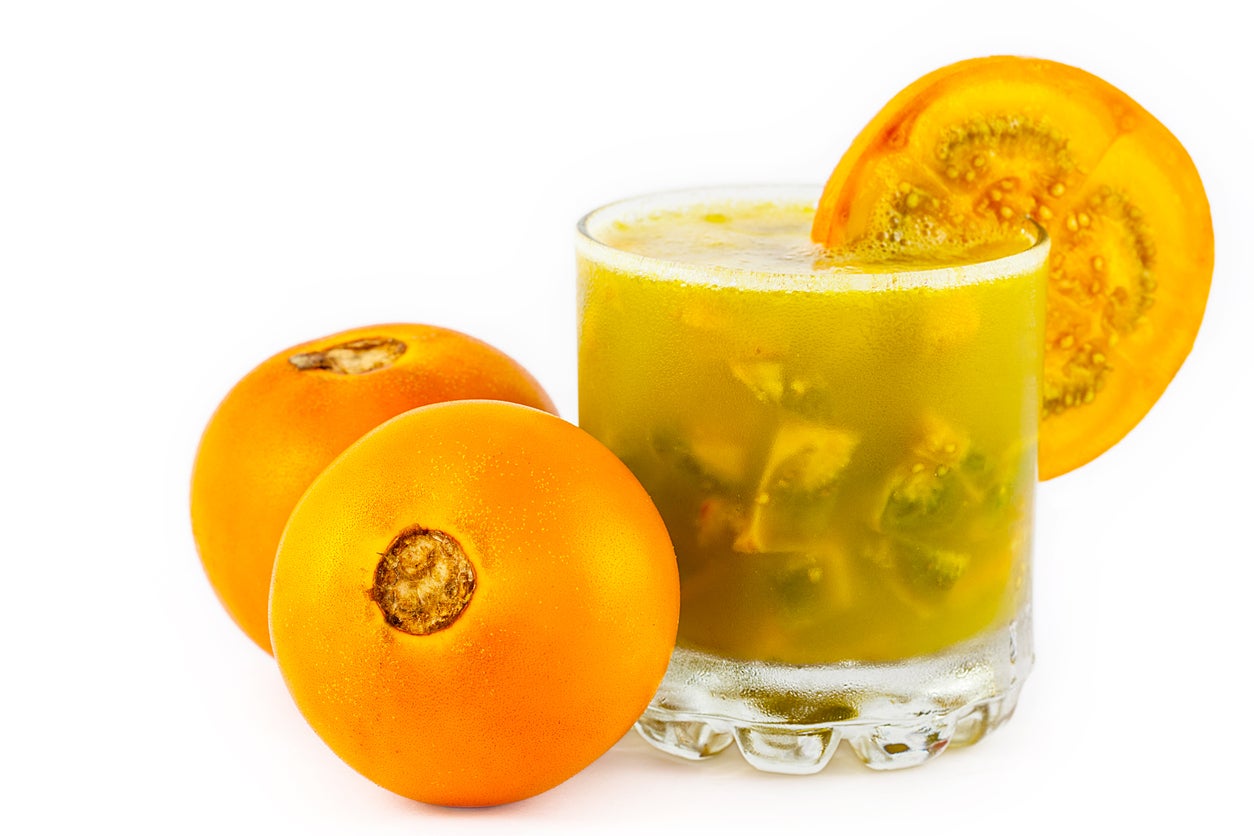 Eating Naranjilla – Learn How To Use Naranjilla Fruit
Eating Naranjilla – Learn How To Use Naranjilla FruitNaranjilla is indigenous to Colombia, Ecuador, Peru and Venezuela. If visiting these countries, it is highly recommended that you try eating it. Each culture has a different way of using naranjilla fruit; all are delicious. How do the locals use naranjilla? Find out here.
By Amy Grant
-
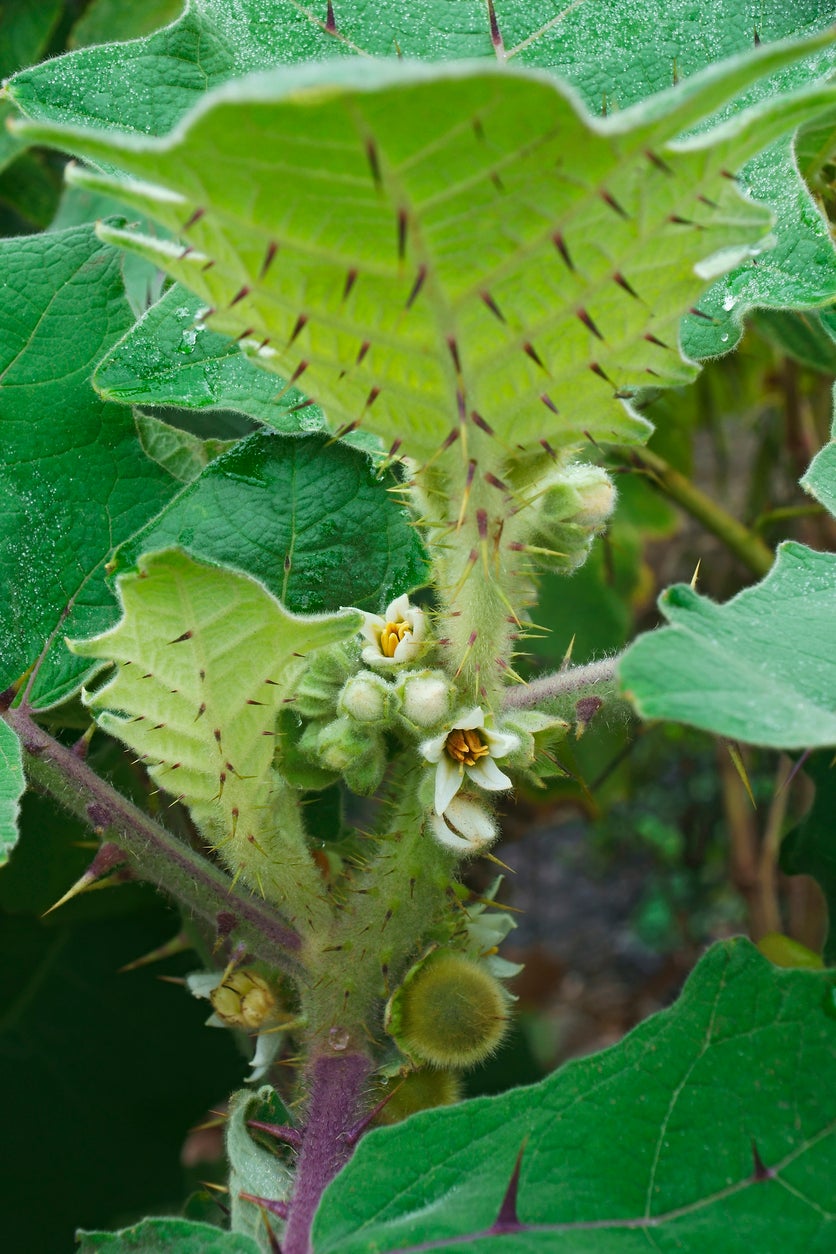 Kinds Of Naranjilla Fruit: Are There Different Varieties Of Naranjilla
Kinds Of Naranjilla Fruit: Are There Different Varieties Of NaranjillaThere are three naranjilla varieties: spineless types of naranjilla cultivated in Ecuador, spined varieties of naranjilla grown primarily in Colombia and another type called baquicha. The following article discusses the three different naranjilla varieties.
By Amy Grant
-
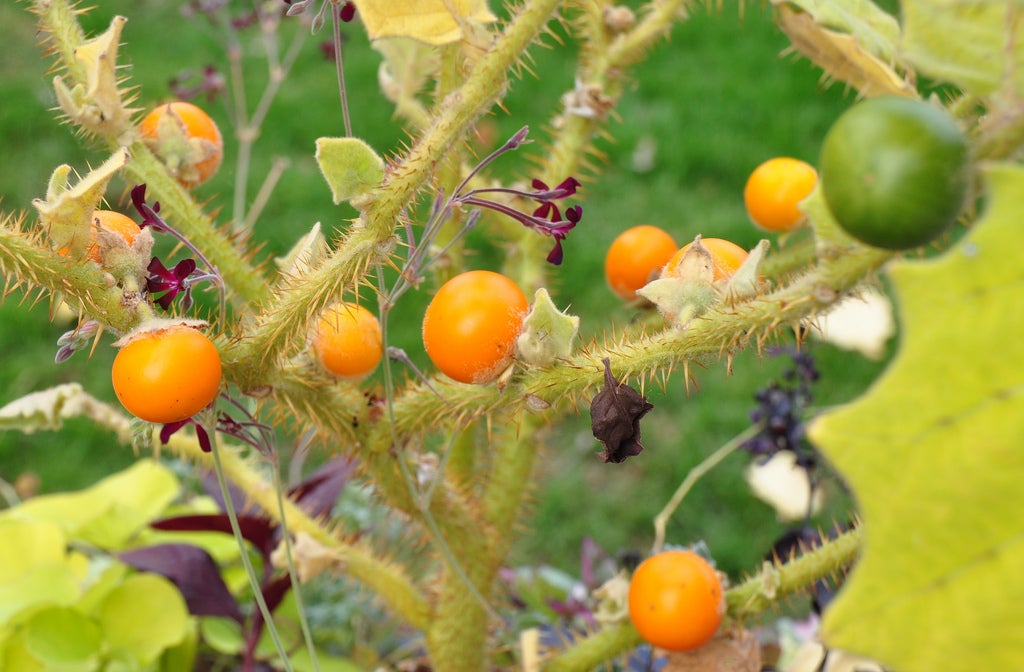 Naranjilla Disease Problems: How To Treat Sick Naranjilla Trees
Naranjilla Disease Problems: How To Treat Sick Naranjilla TreesNaranjilla is a fun subtropical shrub to grow in the home garden. But, if your shrub is showing signs of disease, it could die. Know the common diseases of naranjilla and how to handle them. This article will help get you started.
By Mary Ellen Ellis